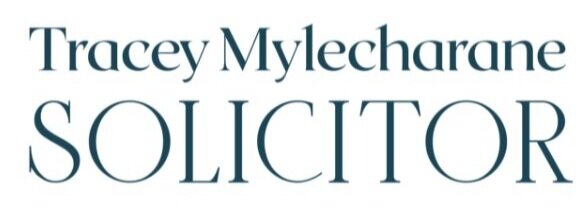Your Place or Mine? Working on Site for Clients
Where you conduct your work can have a huge bearing on how you mitigate your risk. As a business owner, it’s your responsibility to ensure the safety of your workplace—even when your workplace is somebody else’s property.
The fact is, whether you work from home, in an office, outdoors, or at a client’s property, you’ll need to take into account a) the type of work you do, and b) where you’re doing it, in order to get your ducks in a row legally and in terms of insurance.
In this article I’ll lay out the things you need to consider if you work on site for your clients, so if you’re an interior designer, or anyone whose work involves entering someone else’s property, read on—this one’s for you.
*Note: if you’re not one of these people, feel free to read on anyway, it’s just interesting.
Your Risk Mitigation Strategy Must Be Made For YOU
Perhaps you conduct a fair amount of your work from home or your office, but you also need to visit the site for particular things, like taking measurements or receiving deliveries.
If that’s the case, your risk mitigation strategy will need to cover you for every facet of your work. Not just the on-site stuff, not just the office stuff, and not just the digital stuff. All of it.
What’s more, the way you operate could be quite different to another business in the same industry doing the same or similar work. So I’ve said it before, and I’ll say it again (and again, and again): no cookie-cutting. Your risk mitigation strategy MUST be specifically tailored to YOU: your people, your business, and how you operate.
Industry Example: Interior Designers
Interior design is a great example here, because there are different ways that interior designers provide service these days. You might be utilising mood boards, concepts, virtual/remote styling, on-site measuring, guidance, advice and support, and then installation.
Once you’re clear on your service offerings, and you know how and where you will be providing your services, that’s when you’ll need to think about your risk mitigation strategy for your business.
Regardless of where your services are going to be provided, you need your design agreement or client service agreement tailored to your business and your offerings.
For interior designers, this is often integrated into the process around issuing your proposals. However you ultimately decide to issue your services agreement, you need to make sure the manner in which you deliver your service is documented—and crystal clear.
Working On Site: Things to Consider
If you will be attending site throughout the course of providing your services, you need to be clear with your client what you will (and won’t) be doing on site.
Ask yourself:
Will you be facilitating trades, or accepting deliveries?
Who is responsible for opening packages and doing a quality control check?
Who is responsible for access arrangements for deliveries and trades?
Will these things be your responsibility, or your clients’?
Every business is different, and I have clients who do a combination of these. Either way is fine, provided it’s clearly outlined in your business documents.
What about third parties?
If you enter into the space of liaising with and/or facilitating trades, you then need to be mindful of your legal responsibilities and liability in terms of WHS risks. Having clarity around your services will then allow you to have clarity around what you are (and are not) responsible, and liable, for.
You know by now from reading our content (and listening to the podcast) that your legal documents form part of your risk mitigation strategies. The next key part to this is your insurance.
Yes - You DO Need Insurance
But what kind of insurance do you need?
Everyone needs professional indemnity insurance
You will need to hold professional indemnity insurance (that’s across the board for everyone, regardless of how you deliver your services).
Some of us need public liability insurance
If you attend the site at any time, you will also need your public liability insurance.
This is not a nice-to-have, it’s a must have. If something happens on site, and you were partly responsible, then your public liability insurance is key. If something happens on site and you weren’t in any way responsible, you still may find yourself involved because another insurer could be seeking to involve you on the basis of contributory negligence.
Either way, your public liability insurance is vital for the protection of you and your business.
If you don’t leave your home office, in that you never attend site, ALL of your services are delivered online, and you don’t have any employees at all, then your public liability insurance needs will be different.
To read more about keeping your small business legally compliant, I’ve made something for you: Australian Law 101: Guide for Small Business.
Remember we’re here to help - please reach out here if we can assist you.


